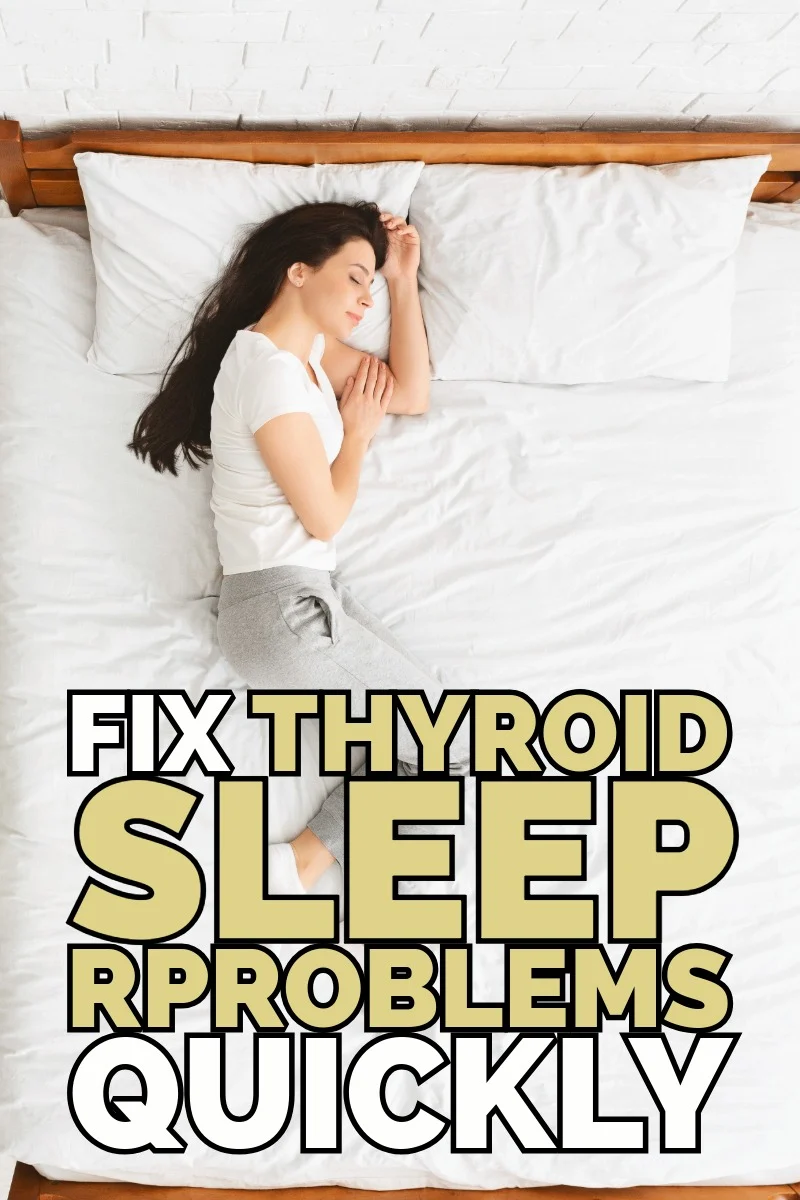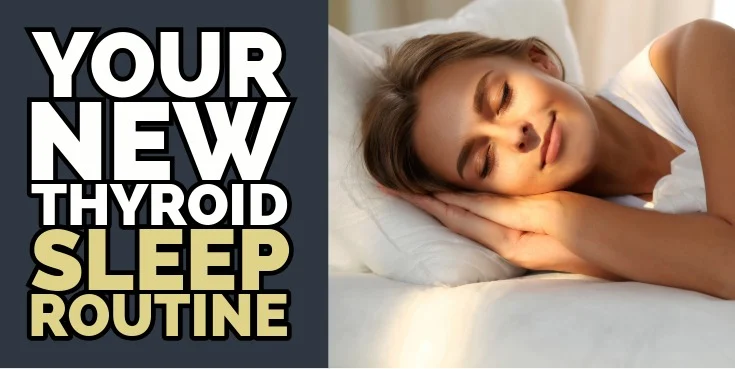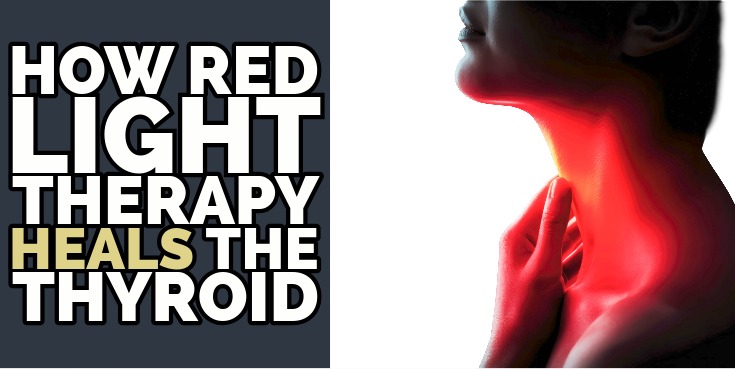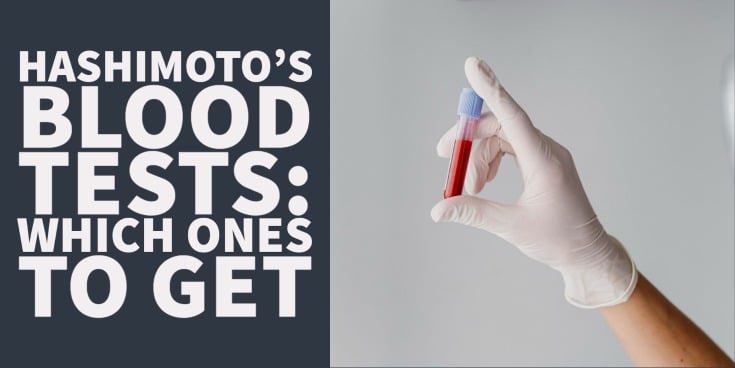You already know sleep is important for your thyroid.
How important? It’s probably one of the single best things you can do right now (1) to improve its function.
But talk is cheap. Actually getting more sleep is the hard part.
Which is exactly why I’m sharing with you 5 simple things that I’ve shared with thousands of thyroid patients to help them get the coveted 7 hours of magical sleep that the thyroid desperately needs:
#1. Tape your mouth shut at night.
By some reports, this alone is enough to improve your sleep quality by up to 20%.
Here’s why:
When you fall asleep at night, your mouth will eventually open up (unless you’ve trained yourself not to do this).
The result? You switch from nasal breathing (good) to mouth breathing (bad).
This improves the quality of your sleep (2), enhances oxygenation of your tissues, and warms and humidifies your breath.
Taping your mouth shut gently forces oxygen through your nasal passageways, which means you get all of those benefits.
It also has a calming effect on your parasympathetic nervous system, resulting in more relaxed sleep and more balanced cortisol.
Making this one change to my own sleep routine reduced my nighttime awakenings from 3-4 down to 0-1.
And as far as sleep treatments go, this one is cheap.
All you need is a 1/2 inch piece of 3m surgical tape (1 roll will last you 6+ months).
You don’t need to cover your lips entirely, just use a small amount to keep the middle together, and you’re good to go.
And if you have a hard time breathing through your nose, combine this with #4 and you’ll be fine. The more you breathe through your nose, the easier it becomes.
Here’s the tape that I personally use and recommend.
#2. Use the 4-7-8 breathing technique.
Have trouble falling asleep? This one is for you.
4-7-8 breathing is a super simple breathing technique (3) that activates alpha waves.
What are alpha waves? These are the brain waves your body creates as you start relaxing, and they are considered the first level of sleep.
The faster you get into the first stage of sleep, the faster you get into deeper levels.
And it happens fast.
Just 1-2 minutes of 4-7-8 breathing is enough to get you there.
Here’s how to do it:
- Inhale for a count of 4.
- Hold your breath for a count of 7.
- Exhale for a count of 8.
- Note: The counting is whatever cadence you want; it doesn’t have to be seconds (you can count faster or slower, if needed).
I usually do this right when I lie down in bed and continue until I get so tired I can’t keep counting. It only takes about 2-3 minutes to get to this point.
I used to spend 30-40 minutes in bed before falling asleep, but this is now cut down to 2-3 minutes with 4-7-8 breathing.
Note: 4-7-8 breathing is uniquely beneficial to sleep and should be differentiated from box breathing.
4-7-8 breathing = good for sleep.
Box breathing = good for stress (4).
Your breath is a powerful tool to impact your physiology, but make sure you’re using the right breathing techniques for the right problems.
#3. Change your pillow.
The wrong pillow will create tension in your neck, limit blood flow to your thyroid gland, and may cause problems like numbness or tingling in your arms.
The right one will do the exact opposite:
Keep your neck aligned, keep your airway open, and help you sleep comfortably through the night.

I’ve spent well over $1,000 on pillows in my life, but this is the one I keep coming back to.
I love this pillow because it allows you to adjust the firmness to your liking. Do you like a firmer pillow? Add in more foam.
Do you want a softer pillow? Remove it.
Sometimes, too many options can be overwhelming, so if you want some guidance, stick to a medium firmness for your thyroid.
#4. Wear a nasal strip.
Nasal strips reduce airflow resistance by 20-30% (5).
This means you get more air through your nose with each inhalation.
That air makes its way through your nasal passageways, where it gets humidified and cleaned before making its way to your lungs.
If you are someone who isn’t accustomed to nose breathing, then it may feel challenging when you first start.
Do NOT let this prevent you from doing it.
The more you breathe through your nose, the easier it becomes. And if it feels like a struggle, nasal strips are the perfect solution.
The best part? They are also incredibly cheap.
One strip per night will run about 30 cents, which is well worth it for deeper, better sleep.
Avoid knock-off nasal strips that won’t stay on your nose all night. Use these instead.
#5. Take sucrosomial magnesium right before bed.
Need a little extra support to relax your mind and body? Try magnesium.
But not just any magnesium. For sleep and thyroid support, you’ll want sucrosomial magnesium.
This highly absorbable form of magnesium enters your body quickly, where it relaxes your muscles, calms your brain, and sets the stage for restorative sleep.
(It also happens to provide benefits to your thyroid).
Here’s how to use it:
Take 100-200 mg of sucrosomial magnesium, 20-30 minutes before you go to sleep.
And if you want to get bonus points, try this routine:
- Put a glass of water right by your nightstand and take your thyroid medication RIGHT before you lie down to go to sleep (this improves absorption of your medication and may also help with sleep).
- Combine sucrosomial magnesium with ozonated magnesium to help with bowel movements and detoxification.
Here’s my recommended brand (I take 2 every night).
Putting it All Together
- Take sucrosomial magnesium 20-30 minutes before you go to bed.
- Apply mouth tape + nasal strips for better breathing.
- Get your pillow sorted for optimal thyroid blood flow and lymphatic drainage.
- Use the 4-7-8 breathing technique right when you lie down to help you fall asleep faster.
The best part of this routine is that it works for everyone, and it works quickly. By using these treatments, you can start feeling better as soon as tomorrow.
Whether you’re sleeping through the night already or struggling to fall or stay asleep, these treatments can improve your sleep quality.
Don’t let thyroid-related insomnia prevent you from feeling restored when you wake up each morning.
Try this thyroid sleep routine.
I think you will be pleasantly surprised by how effective it is.
Scientific References
#1. https://pmc.ncbi.nlm.nih.gov/articles/PMC11285688/
#2. https://pubmed.ncbi.nlm.nih.gov/3298509/
#3. https://pmc.ncbi.nlm.nih.gov/articles/PMC9277512/
#4. https://pmc.ncbi.nlm.nih.gov/articles/PMC10741869/
#5. https://pmc.ncbi.nlm.nih.gov/articles/PMC529298/









Hi, can I practice these sleep tips (taking the magnesium) along with my thyroid hormone? Will it interfere? I’ve been taking thyroid hormone for years, and still have had terrible sleep, or no sleep at all. I need help and good advice. Please help me! Thank you
Jenifer
Hi Jennifer,
You’ll want to avoid taking any supplement at the same time as your thyroid medication. Magnesium, in particular, can interfere with thyroid hormone absorption, so it’s best to take it 30–60 minutes away from your thyroid medication for best results.
Many thyroid patients find that taking magnesium later in the day or before bed helps both with sleep and muscle relaxation.